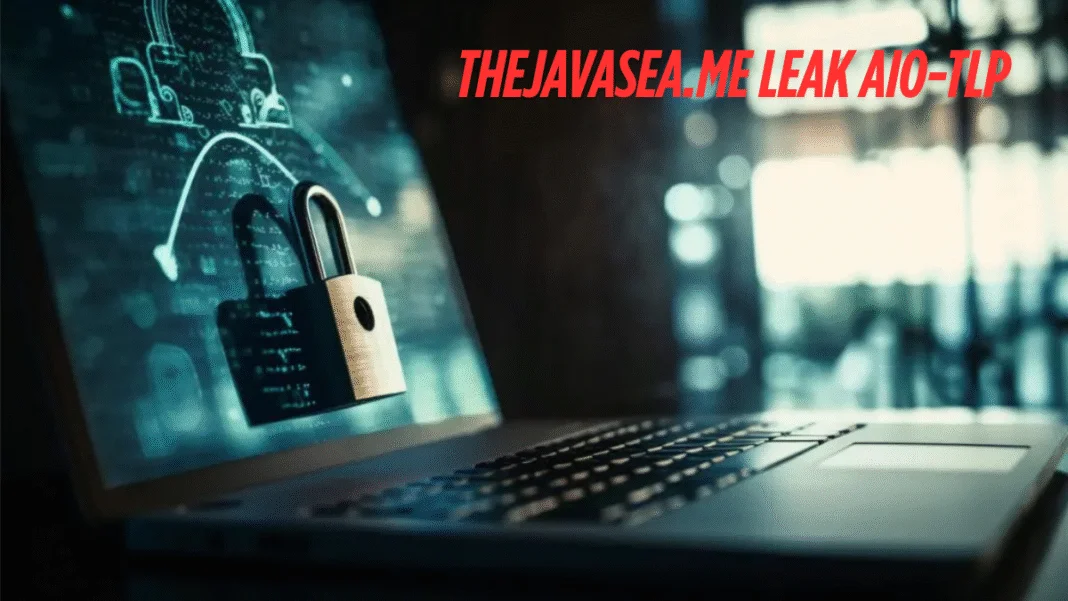Inside the thejavasea.me Leaks AIO-TLP: What You Need to Know About the Latest Cybersecurity Exposure
The internet is once again shaken by a major data exposure, this time surrounding the widely discussed thejavasea.me leaks aio-tlp. As cybersecurity researchers race to understand the extent of the breach, digital users and organizations are left questioning how secure their information really is in today’s interconnected landscape. This article explores what the thejavasea.me leaks aio-tlp incident involves, why it matters, and what actions individuals and companies can take now.
What Is the thejavasea.me Leaks AIO-TLP Incident?
The term thejavasea.me leaks aio-tlp refers to a recent data leak stemming from the domain thejavasea.me, where a bundle of files allegedly containing a wide variety of stolen credentials, private data, and access tools was made publicly available under the label AIO-TLP (All-In-One – Traffic Light Protocol). The AIO-TLP bundle appears to include a mix of low-level to high-severity breach content categorized under red, amber, green, and white TLP standards, suggesting that sensitive material may be circulating in unregulated environments.
What Kind of Data Was Exposed?
Early analysis of the thejavasea.me leaks aio-tlp package reveals a mix of compromised credentials, internal databases, admin panels, configuration files, and potentially API keys. There are signs that some of the leaked material may have originated from previous breaches but was repackaged into a single archive or access point, making it easier for threat actors to exploit the information.
Why Is This Leak Alarming?
The alarming aspect of the thejavasea.me leaks aio-tlp isn’t just the quantity of data—it’s the consolidation and accessibility. By aggregating scattered data into a single point, this leak increases the likelihood of targeted phishing, credential stuffing, and unauthorized access across multiple platforms. Organizations whose data appears in this bundle could face increased vulnerability, especially if affected users reused passwords or did not enable multi-factor authentication.

Who Is at Risk?
Anyone whose credentials or data appear in the thejavasea.me leaks aio-tlp archive is at risk, particularly users with repeated password use or inactive accounts on old platforms. Developers, small business owners, and freelancers who store admin access or FTP credentials in cloud-based services may also be vulnerable. Additionally, companies without active monitoring for leaked credentials on the dark web may be unaware that their data is now exposed.
How to Protect Yourself and Your Organization
-
Check for Credential Exposure – Use a reliable data breach monitor or identity protection tool to see if your email, username, or password appears in leaked records.
-
Change Passwords Immediately – Especially if you suspect any reuse of credentials, update your passwords to strong, unique ones using a secure password manager.
-
Enable Multi-Factor Authentication (MFA) – This extra layer of security can prevent unauthorized access even if credentials are compromised.
-
Monitor System Logs – For businesses, checking for unusual login activity, API calls, or access from unknown IPs can help spot suspicious behavior early.
-
Stay Informed – Keep up with cybersecurity news and subscribe to threat alert services that notify you of emerging leaks like the thejavasea.me leaks aio-tlp.
Final Thoughts
The thejavasea.me leaks aio-tlp incident is a clear reminder of the growing sophistication of cyber threats and the importance of proactive digital hygiene. As data becomes more centralized and cybercriminals evolve their methods, the responsibility falls on both individuals and institutions to take security seriously. Whether you’re an everyday user or an IT administrator, awareness and action are the best defenses in the post-breach reality.
Staying ahead of such leaks isn’t just about recovery—it’s about prevention, resilience, and building smarter systems for the future.
